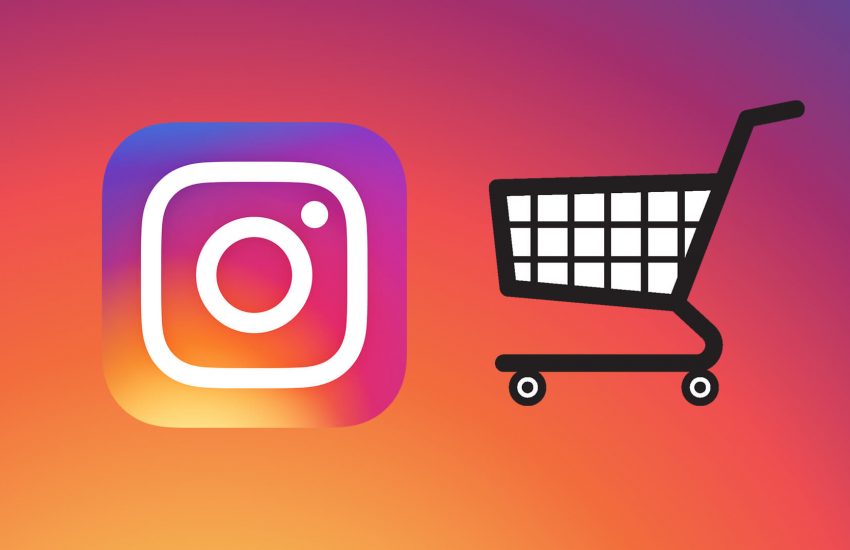
Now more marketers can set up shop on Instagram without cutting the Facebook-owned photo-and-video app a share of the proceeds.
After testing shoppable organic posts with 20 brands since November 2016, Instagram is opening up the feature so that more businesses in the US can augment their photos with product information and links to buy the items on their sites. The company is also introducing a self-serve tool to make putting a product up for sale as easy as tagging a friend in a photo.
Starting today, any apparel, jewelry or beauty brand in the US that has uploaded its product catalog to Facebook can apply to use Instagram Shopping. Instagram’s sales team will also pick out some marketers to use the feature, and Instagram will work with companies like Shopify and BigCommerce to bring brands using their e-commerce tools on board as well. As with the test phase, there is no money changing hands between brands and Instagram, and brands are only able to enable shopping in posts with a single photo, not video or carousel posts, said Instagram’s director of product management, Jim Squires.
At the same time Instagram has stepped up its visual storytelling rivalry with Snapchat, it has also pushed into Pinterest’s visual shopping territory. Months before Pinterest debuted its Shop the Look feature so that people could tap brands’ posts to find more information about the featured products, Instagram began testing Instagram Shopping, a free alternative to Instagram’s direct-response ads that link to a retailer’s site.
Brands including Lulu’s, Macy’s and Warby Parker were able to try out Instagram Shopping to see if they could convert the people eyeing their posts from digital window shoppers into customers without needing to cut Instagram a share of their sales.
People could tap a shoppable post on Instagram to see information about included products, like their prices, and then tap a “shop now” button to open the brand’s site through Instagram’s in-app browser to buy them without leaving the app.

Instagram’s organic shopping flow tags products in retailers’ photos and links to their sites.
During the test period, Instagram saw that, on average, 19 percent of the people who tapped to reveal the product information then proceeded to tap the link to the brand’s site. But when people were presented with a shoppable photo, they tapped to reveal the product information only 4 percent of the time. That latter stat may be as much a symptom of shoppable posts’ novelty as a sign of people’s interest in shopping on Instagram. Later during the testing period, Instagram called more attention to a post’s shoppability by adding dots atop the shoppable products after an eligible photo had stayed on someone’s screen for a few seconds, said Squires. He declined to say how much of an impact that enhancement had or to provide any stats around how many sales Instagram drove on brands’ sites.
As Instagram has needed to make it more apparent to people that they could shop through photos, it also has needed to make it easier for brands to make their photos shoppable. During the test phase, brands had to manually work with Instagram’s engineers to append product information and “shop now” links to their photos. “There was no self-serve component to the test. Everything was manually pulled on the back-end, and we did the setup for the marketers for each post,” said Squires.
The lack of a self-serve tool limited usage for marketers like Lulu’s, despite 33 percent of the people who tapped on the brand’s shoppable posts tapping through to its site. “The main reason we haven’t been doing it for every single [post] is it’s very time consuming to do it because they haven’t created a tool for it yet,” said Noelle Sadler, VP of marketing at Lulu’s.
Now Instagram has created a self-serve tool for brands to create shoppable posts. Soon brands will be able to tag products for sale within Instagram’s app, like how people tag their friends in photos. And some time in the next however many months, Instagram will also let brands check for themselves how many people are checking out their shoppable posts through a self-serve insights tool. During the test phase, brands had to contact Instagram for measurement stats like how many people tapped to see product information and how many clicked through to the brand’s site.
About The Author

